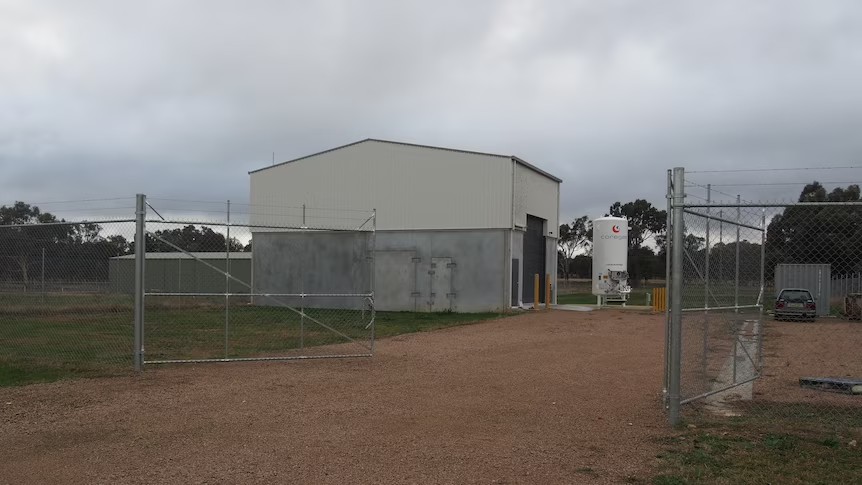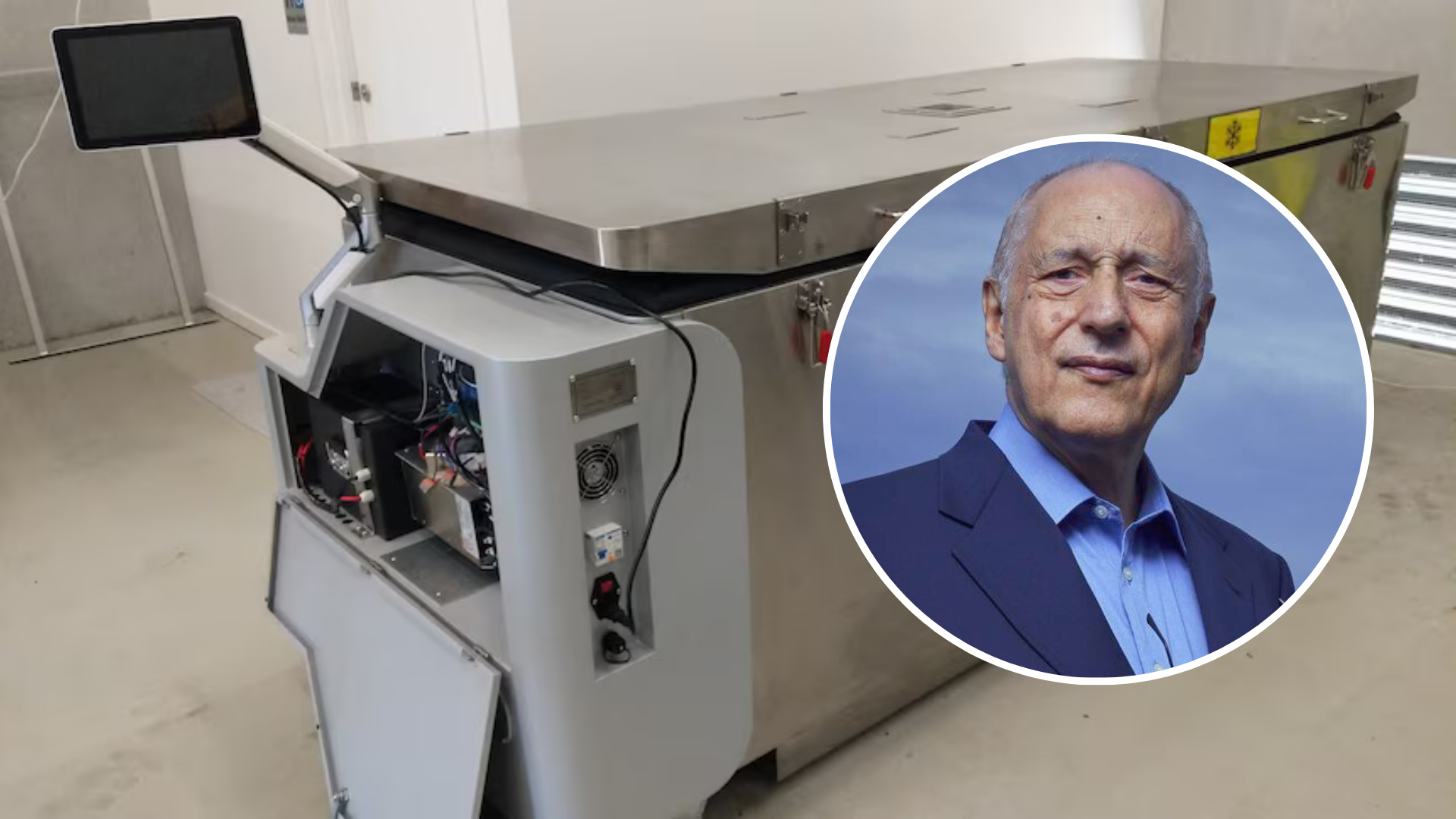Peter Tsolakides, founder of Southern Cryonics, is leading Australia’s venture into cryonic preservation with a facility near Holbrook, NSW.
The centre recently cryopreserved its second body, a Melbourne woman who died on July 4, in hopes that future science may enable revival.
Inspired by Robert Ettinger’s 1962 book The Prospect of Immortality, Tsolakides helped establish Southern Cryonics two years ago with 35 founding investors.
Today, 32 active members, ranging from teenagers to retirees, pay a $350 annual fee and have signed up for the $170,000 procedure.
“Most of the people want to live very long lives, not necessarily be immortal,” Tsolakides said. “They’re also interested in seeing what the future is.”
Bodies are stored in liquid nitrogen at -200°C in chambers that hold up to 40 people. The process begins immediately after death and involves hours of specialist cooling and chemical preparation before transfer to the Holbrook site.

Although cryonics has captured public imagination, scientific support remains limited. Experts like Dr Saffron Bryant of RMIT say the technology is currently incapable of preserving even single organs, let alone full bodies.
Despite no legal framework specific to cryonics in Australia, Southern Cryonics is registered as a cemetery.
Clients sign agreements acknowledging risks, including disposal of remains if the practice becomes illegal or unviable.
Still, Tsolakides remains cautiously hopeful: “Let’s say that it [cryonic revival] is possible but very unlikely — say it’s 10 per cent possible. You got 10 per cent possibility of living an extremely long life versus being buried underground or burned. Which one would you choose?”
Source: ABC.
